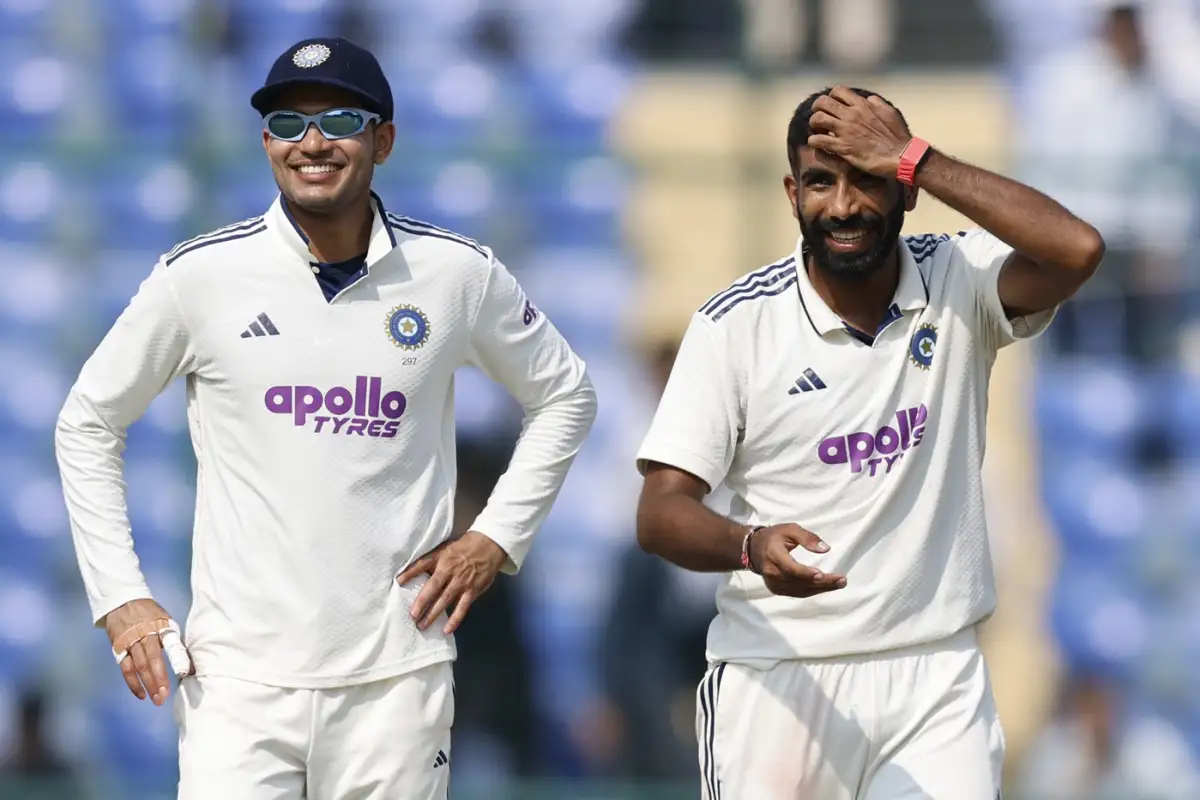
India beat the West Indies by seven wickets.

India skipper Shubman Gill has attained his first Test series win, after India thumped the West Indies in the second Test in Delhi. The hosts registered a seven-wicket victory, and clinched the two-Test series 2-0. The Men in Blue will now head towards Australian shores for a white-ball series starting October 19.
Shubman Gill & Co. were quite clinical in their approach throughout the two-Test series. However, one decision which had the possibility of backfiring on the Indians was the strategy to enforce the follow-on in the second Test. The West Indies started off really well in their second innings, with John Campbell and Shai Hope registering centuries.
Having said that, Shubman Gill revealed the management’s thought process behind enforcing the follow-on. The West Indies were behind by 270 runs after being skittled out for 248 in the first innings, in response to India’s 518/5 (dec). They could manage 390 in their second innings, leaving India just over a 100 runs to chase.
Enforcing a follow-on means that the team thinks they are very much in control of the game. The Indians did, and they really were in control. But the bowlers had already bowled 81.5 overs in the first innings, which wasn’t too less. This is why the decision to ask the West Indies to bat again did not sit well with a few.
However, skipper Gill revealed that the decision was well-thought of, and had a lot to do with how the pitch was playing. The 25-year-old Indian skipper stated that getting five-seven wickets on the last day of the match would also have been difficult, considering how the pitch was playing. The players and the management felt that there was not much purchase in the wicket for the bowlers.
And they were right. The West Indies put on a better display in the second innings, with two players scoring centuries. Moreover, India had to bowl a sum of 118.5 overs to get the visitors dismissed, which was 37 overs more than what they bowled in the first innings. But in the end, the decision turned out pretty well for the hosts.
“One of the things we spoke about was that there wasn’t much happening from the wicket; it got slow with time. We thought about getting to 550, and on the last day, if we have to take 5-6 wickets, it could be difficult. I knew it was difficult, and our bowlers had to bowl a lot of overs, but I think the way our fast bowlers turned up and picked up those crucial wickets for us was very important”, said Shubman Gill after the match.
ALSO READ:
Overall, it was a fulfilling series for the hosts. The Indians are known to not give an inch away when playing at home. Having said that, their last Test series at home against New Zealand did not turn out well for the hosts. The Kiwis crippled India 3-0, and head coach Gautam Gambhir still has moments of grief from the series.
However, there have been advancements in the team, as the likes of Rohit Sharma, Ravichandran Ashwin and Virat Kohli having stepped away from the format. While Gill has become a regular at No.4, Sai Sudharsan is making strong attempts at sealing the No.3 spot. His 87 in the first innings of the second Test will certainly boost his confidence in the format.
What would concern Indian fans is the use of Nitish Reddy in terms of his bowling. The all-rounder did not bowl a single over in the second Test. To add to that, he bowled just four overs in the entire series, which isn’t enough for a budding all-rounder. Gill stated that the team does not want any player to be a part of the squad only for overseas tours.
The Indians will have to think about utilizing the bowling services of Nitish Reddy better. In terms of the batting, they made a good choice to promote him at No.5 in the first innings. However, his bowling remains to be a concern, not because of his skill – but because of the fact that the Indians aren’t exposing it when they should.
For more updates, follow CricXtasy on Facebook, Instagram, Twitter, and YouTube.